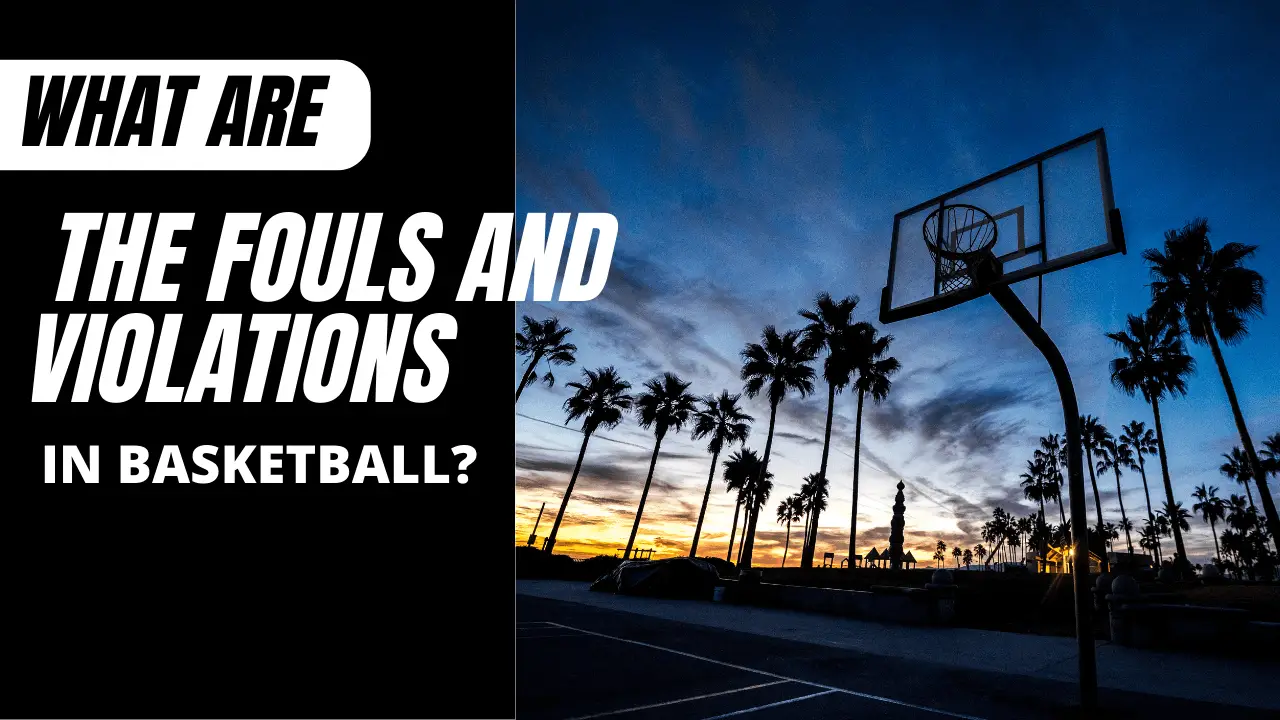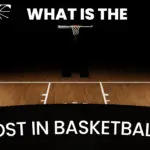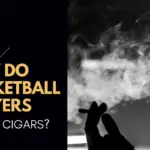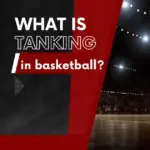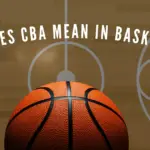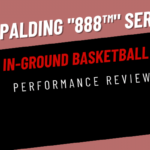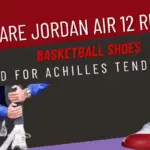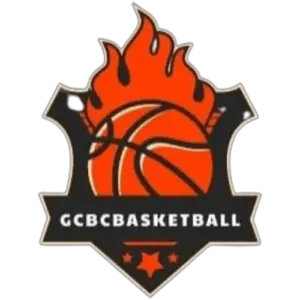In basketball, a foul is an illegal personal or technical infraction. A player who commits a foul is said to have “fouled out” when he accumulates five personal fouls in a game or six personal fouls in half. There are different types of fouls in basketball, which are discussed below.
Different Fouls in Basketball
Personal Foul:
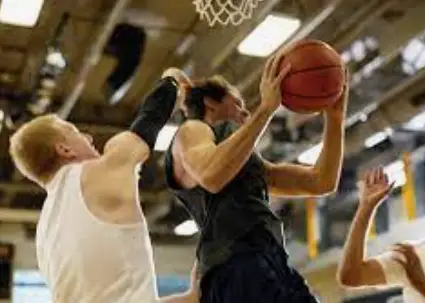
A personal foul is any illegal contact made by a player on the court. This includes hitting, kicking, pushing, or holding another player. The opposing team is awarded possession of the ball and a free-throw opportunity if a personal foul is committed.
Technical Foul:

A technical foul is defined as a personal foul that involves unsportsmanlike conduct. This can include arguing with a referee to fighting on the court. Technical fouls can also be called on players for violating specific rules, such as hanging on the rim or using profanity.
Flagrant Foul:
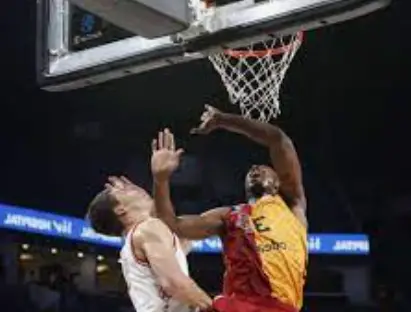
In basketball, a flagrant foul is a serious personal foul that involves excessive or violent contact. This type of foul can result in an ejection from the game and/or a suspension from future games.
Some examples of flagrant fouls include swinging elbows, punching, kicking, head-butting, and fighting.
Team Foul:
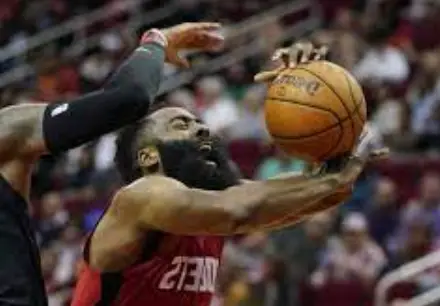
A team foul is any foul committed by a player on the court or by a non-playing member of the team. Team fouls can lead to free throws for the opposing team and give them possession of the ball.
Player Foul:
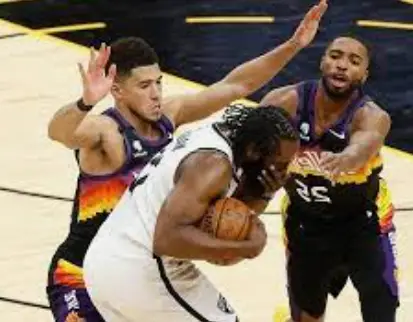
A player foul is any illegal physical contact with another player. The most common player fouls are charging, blocking, and illegal screen.
Types Of Violations In Basketball:
Many types of violations can occur during a game of basketball.
Traveling Violation:
A traveling violation occurs when players move their feet more than once while holding the ball or when they take more than two steps without dribbling the ball. This results in a turnover, and the opposing team is given possession of the ball.
Palming:
Palming the ball is a violation in basketball that occurs when a player grasps the ball with the palm of their hand instead of their fingers. Palming is often called a “carry” or “walking” because it can lead to players moving slowly across the court without dribbling.
Double Dribble Violation:
A double dribble violation in basketball occurs when a player dribbles the ball, stops, and then dribbles again. This violates the rules and results in the loss of possession.
Held Ball:
A held ball in basketball is when a player on one team has control of the ball, and the player on the other team cannot attempt to steal it or knock it away. The player with the ball must either try to shoot, pass or dribble within five seconds.
Backcourt Violation:
A backcourt violation is usually caused by the offensive team taking too long to bring the ball up the court or by making too many passes in their backcourt.
Kicking Violation:
A kicking violation in basketball is when a player kicks the ball or another player. This is foul, and the opposing team is awarded the ball out of bounds.
There are two types of kicking fouls:
- Intentional
- Unintentional.
Intentional kicking is when a player kicks the ball or another player on purpose, while unintentional fouling occurs when a player accidentally makes contact with the ball or another player with their foot or leg.
Free Throw Violation:
One of the most common violations in basketball is a free throw violation. This occurs when a player steps on the free throw line or crosses it before the ball hits the rim. Enrolling the key before the ball hits the rim is also a violation.
Goaltending:
There are several different types of goaltending violations that can be called on a player.
- The most common violation is when a player illegally blocks a shot. This can be called if a player uses their body to block the ball instead of their hands.
- Another common violation is when a player takes too many steps while holding the ball. This is called traveling.
Three Seconds Violation:
A three-second violation in basketball is when a player spends more than three seconds in the key. The key is the area on the court between the free-throw line and the basket. The violation is also called a lane violation.
Seconds Violation (Inbounding):
A Seconds Violation can occur when the team is inbounding the ball after a made basket or turnover. The team has eight seconds to get the ball across the half-court line. If they fail to do so, it’s a turnover.
Seconds Violation (Offensive):
A second violation can occur when a team tries to score or rebound the ball. For example, if two players are trying to tip the ball into the basket and a third player comes in and tries to grab the ball, it is a second violation. If a player tries to shoot a free throw and another player comes in and tries to tip the ball away, it is also a second violation.
Can a basketball coach be on the court during play?
No, a basketball coach cannot be on the court during play. They must remain on the sidelines or the designated coaching area.
Is a travel a personal foul?
Yes, in basketball, a travel is considered a personal foul. It occurs when a player takes too many steps without dribbling the ball, resulting in a turnover.
Do nba players carry the ball?
In the NBA, players are not allowed to carry the ball while dribbling. They must maintain continuous and controlled dribbling without palming or carrying the ball.
Conclusion:
Basketball is a sport with many rules and regulations. Although some of these rules may seem confusing, they are all designed to ensure a fair and safe game. By understanding the various fouls and violations, players can avoid these penalties and enjoy the game of basketball.

Clyde Jackson III is a basketball coach and the founder of GCBC Basketball, a basketball-related learning and informational website that focuses on helping young players develop their skills on and off the court. With over 15 years of coaching experience, Clyde has worked with players of all ages and skill levels, from beginners to professionals.

